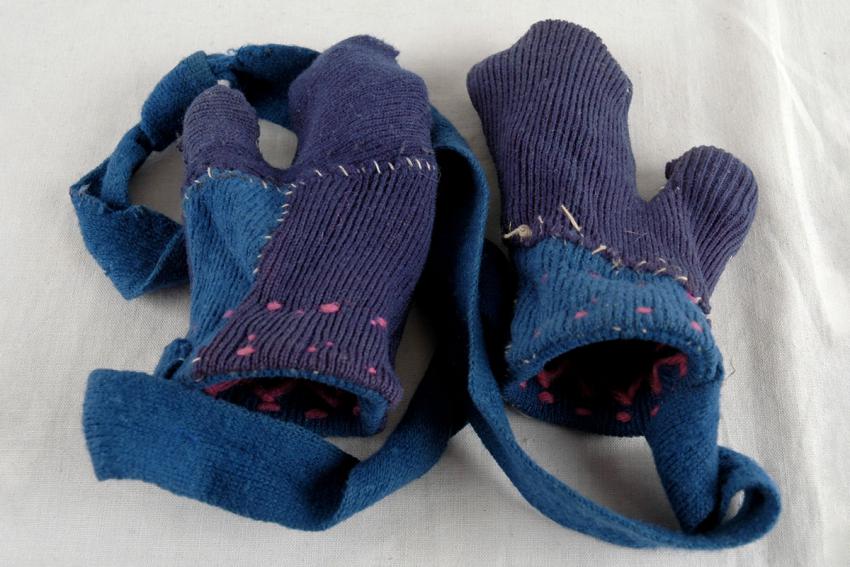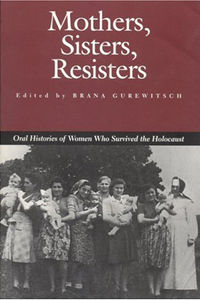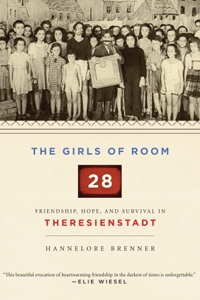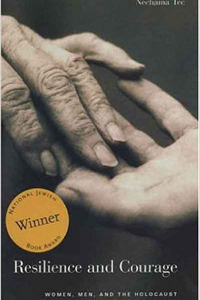Welcome to the 18th issue of Teaching the Legacy. This edition focuses on the subject of women and resistance during the Holocaust. The e-newsletter includes a main article on this theme, as well as an article on women who served as couriers. We also include a teacher’s guide on Dan Pagis’ most famous poem (see below). The newsletter features new publications, book reviews and updates on recent and upcoming activities at the International School for Holocaust Studies and across Yad Vashem. We hope you find this issue interesting and resourceful and we look forward to your feedback.
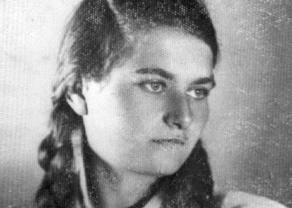
The Female Couriers During the Holocaust
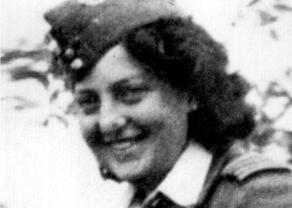
Teaching about Women and Resistance
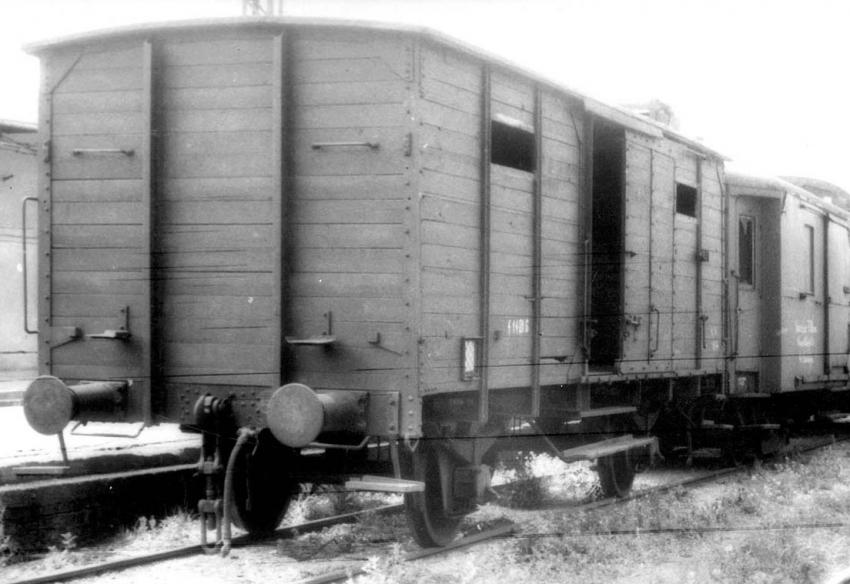
Written in Pencil in the Sealed Freightcar – A Poem by Dan Pagis (1930-1986)
Duration: Varies; about 20 minutes to discuss a single theme
This Teacher’s Guide opens up new avenues of approaching one of Pagis’s most well known poems. The themes suggested in the accompanying slideshow presentation (PDF) are based on an intimate linking of the four verses in Genesis that deal with Cain and Abel, and the poem itself. The teacher can choose to deal with as many or as few themes as suit the pupils and the teacher’s own objectives.
